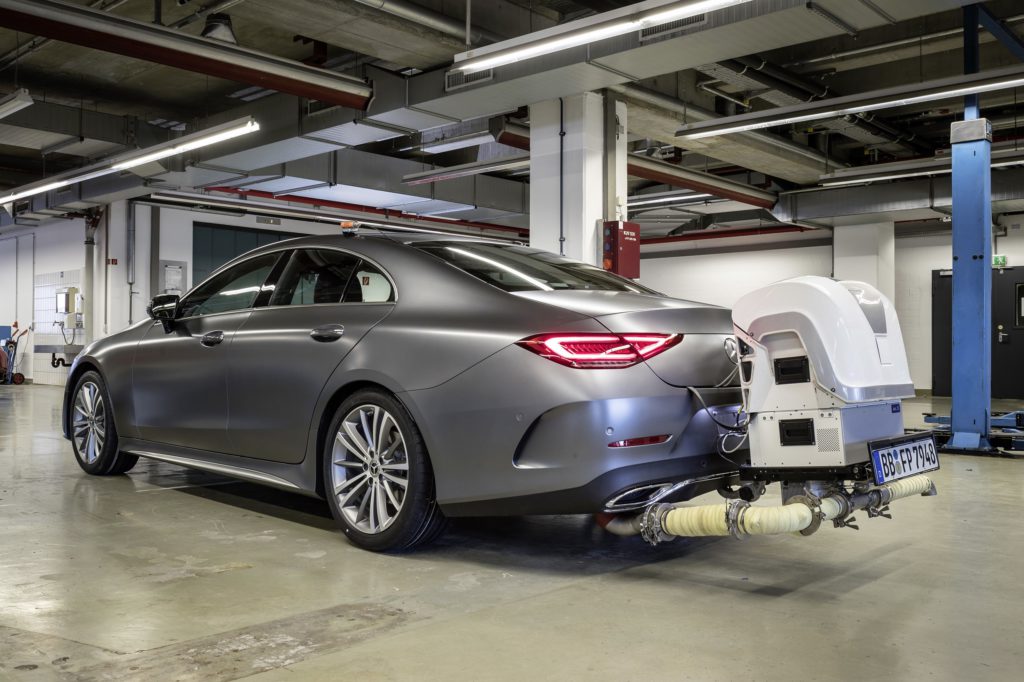Daimler highlights OEM commitment required for WLTP
29 January 2018

29 January 2018
The automotive industry is currently switching its emission testing programs over to the new Worldwide Harmonised Light Vehicle Test Procedure (WLTP), with Daimler announcing that its new Mercedes CLS is its first vehicle to make the leap.
The new procedures are in response to the Volkswagen (VW) Dieselgate scandal and aim to mix both laboratory testing and real-world driving emissions (RDE) to measure a vehicle’s efficiency. It applies to all new car type model approvals from September 2017 onwards, replacing the previous New European Driving Cycle (NEDC) procedure, as well testing with optional equipment fitted which gives a truer impression of vehicle emissions on the road.
′Customers will benefit from the WLTP, as it provides a more realistic yardstick for comparing the consumption and emissions of different vehicle models,’ says Ola Källenius, member of the Board of Management of Daimler AG with responsibility for Group Research & Mercedes-Benz Cars Development.
The introduction of WLTP can be compared to a currency reform as far as the customer-relevant CO2 and consumption values are concerned: although the vehicles will not change technically, they will simply be measured by new standards. Källenius adds: ′We have always had an eye not just on the test-cycle consumption, but also on our customer’s real on-road consumption.’
One area in which Daimler has focused on RDE is through aerodynamics, which previously had minimal impact on NEDC testing. It is one example of an area that manufacturers will look at to gain an advantage with better emission figures, which was previously only a potential performance and aesthetic enhancement.
The company released a statement to highlight how much commitment it has required to pass through the new test. WLTP certification requires around twice as much time and effort as certification under NEDC. The very extensive relevant regulation (over 700 pages) contains many different individual tests and entirely new procedures. The requirements for conducting the tests, and evaluating and documenting the results are significantly higher. The time and effort spent on each test has also risen sharply.
In contrast to the NEDC, the WLTP driving cycle takes ten minutes longer and has only 13% of standing time (NEDC: 23.7%). The total cycle length is around 23 kilometres, more than twice as long as the 11 kilometres of the NEDC. WLTP contains higher speeds up to 131km/h (NEDC: 120km/h). The average speed rises to 46km/h (NEDC: 34 km/h), and it subjects the vehicles to greater speed variations.
The test parameters are, therefore, significantly stricter. Also, unlike before, it is not just the basic variant of a vehicle model that is tested, but optional extras are also taken into consideration.
It is estimated that official emission figures will rise by 19% due to findings in the WLTP tests, according to findings published by the Joint Research Centre early in 2017.
Photograph courtesy of Daimler